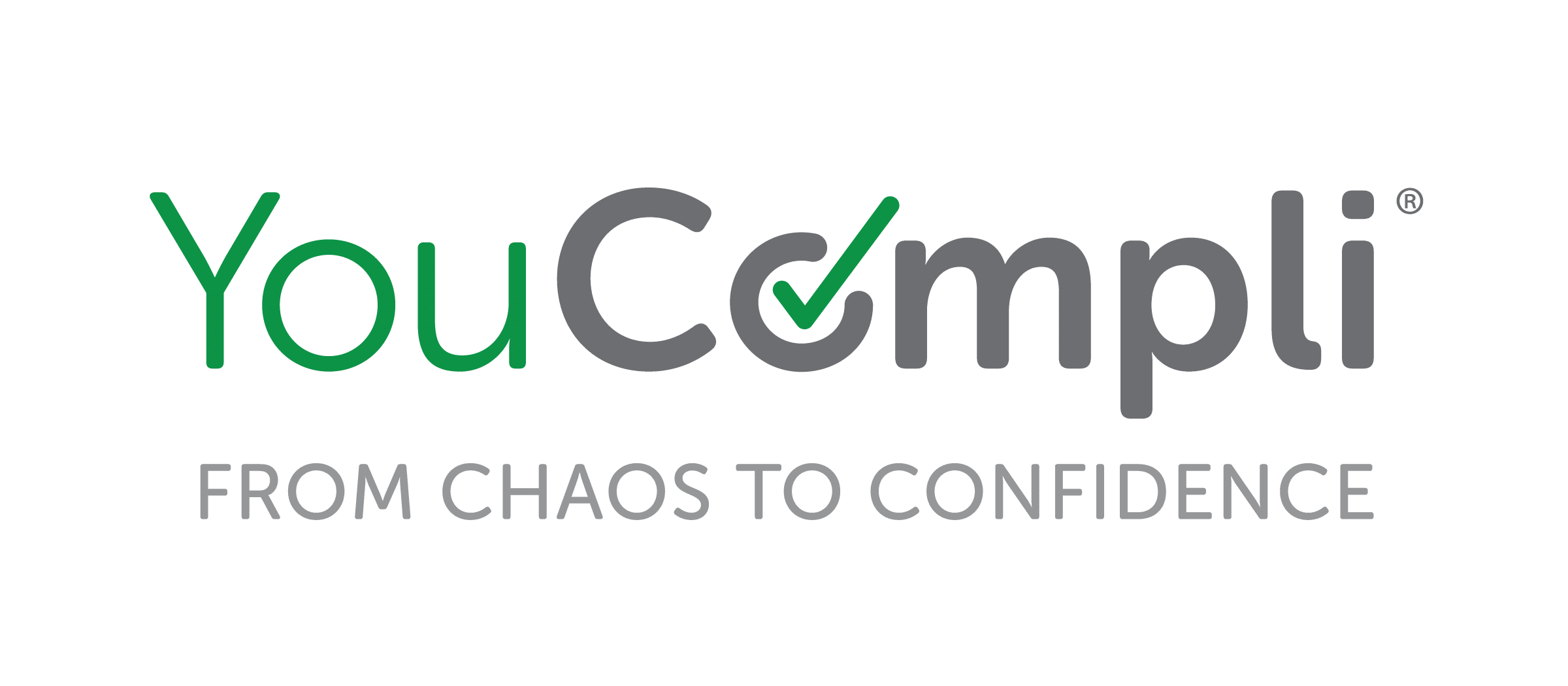“The U.S. government has recently increased its focus on foreign influence in academic research – which some call ‘academic espionage.’”
Continue readingHow to Ensure Compliance in Radiology Services
“Radiology services have unique characteristics, and some unique compliance considerations that accompany them include compliance rules associated with physician orders, medical necessity, local coverage determinations, and teaching physician settings.”
Continue readingFor the Love of the Game: Fourth Quarter Compliance Strategies
“As we get underway in the Fourth Quarter, both football coaches and Compliance Officers must be prepared to take inventory, assess progress, and report the results to demonstrate positive outcomes.”
Continue readingHow to Use TPE Plans for Compliance Auditing and Monitoring
“There’s another incredibly helpful resource that some might not be as familiar with: the list of services that Medicare Administrative Contractors (MACs) include in their Target, Probe and Educate (TPE) plan.”
Continue readingHow to Build Compliance Competence, Credibility, and Collaboration
“Compliance is not just about enforcing rules – it is about guiding your organization towards a culture of integrity and excellence. By embodying these principles, you can demonstrate competence, credibility, and collaboration.”
Continue readingFive Tips for Making Better Compliance Decisions
“Whether you’re resolving a complex billing issue, or advising your leadership team about a business proposal, the ability to effectively make decisions is a valuable asset for any compliance officer.”
Continue readingNext Jen: The Value of Compliance Programs and Teams
“Rather than limiting the breadth and scope of your compliance program to what is minimally required by regulators, think of the breadth and scope of what it should be.”
Continue readingTips for Avoiding “Knowledge Blind Spots”
“Keep in mind that your healthcare leaders often will not be as knowledgeable about requirements in regulations or something else as you are. For that reason, what may seem like an obvious concern to you may not be so obvious to them. Be open to the fact a gap may exist, and give them grace if they made a decision that unintentionally creates an issue that needs to be corrected.”
Continue readingHow to Avoid False Claims Related to Medical Necessity
“There is no silver bullet to solving medical necessity risks as they relate to medical claims submitted to payers such as Medicare. That said, these tips can be a starting point for compliance programs who know they need to minimize their compliance risk around medical necessity.”
Continue reading








